-
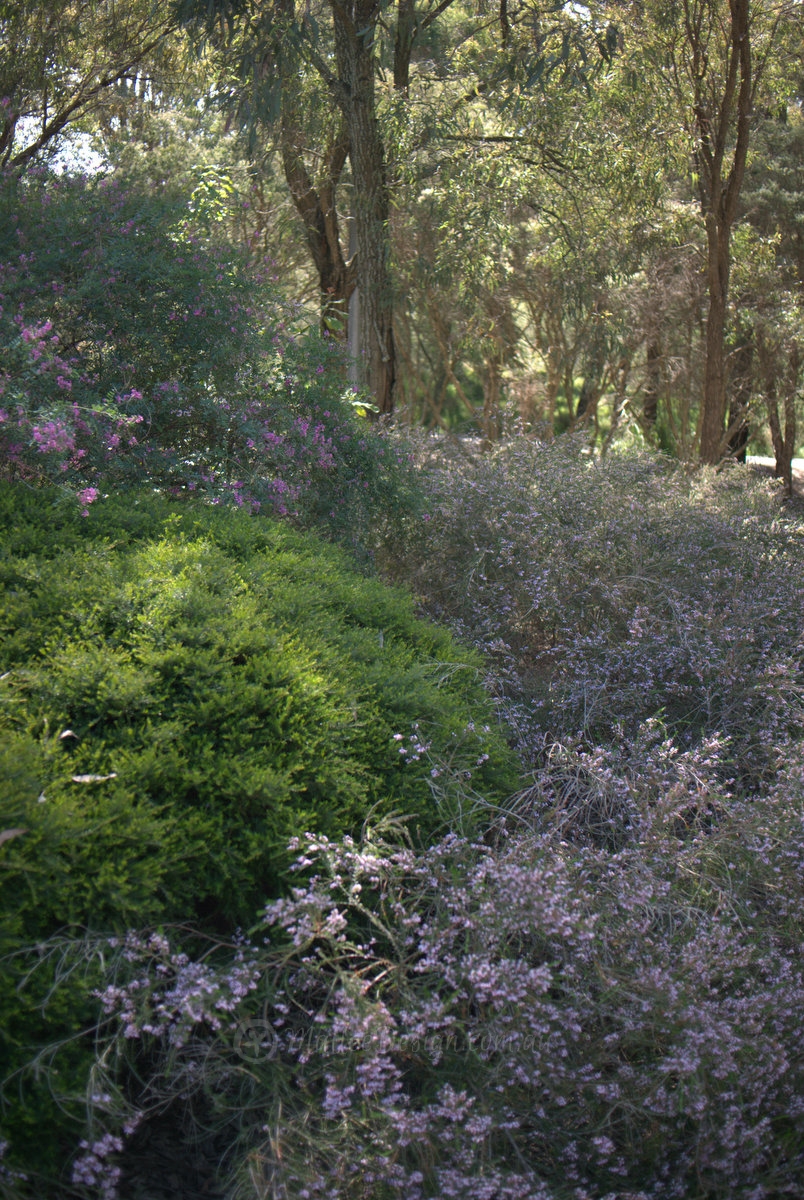
shady planting
This is a great example of colourful planting in shade, it is a simple combination of Baekea virgata dwarf, Indigofera australis and Thryptomene FC Payne. The Baekea is the lime green mound on the left which naturally looks like it has had a shapely prune, the Indigofera is above it with its arching branches and…
-
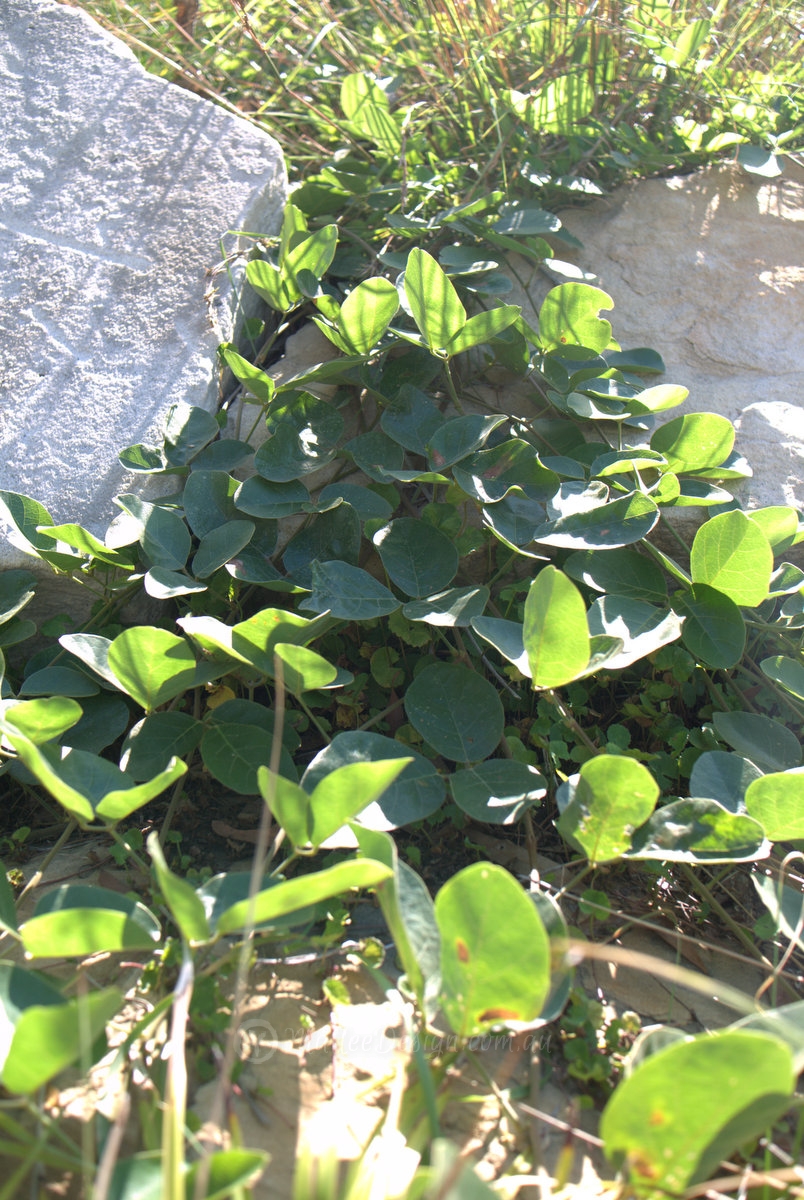
Weed suppression with ground covers
Here are a few ground covers that can go absolutely rampant but in a great way! The first one is Kennedia rubicunda growing as a bit of a spill over to cover up an embankment. This will grow in quite heavy shade and has a pretty little red pea flower.
-
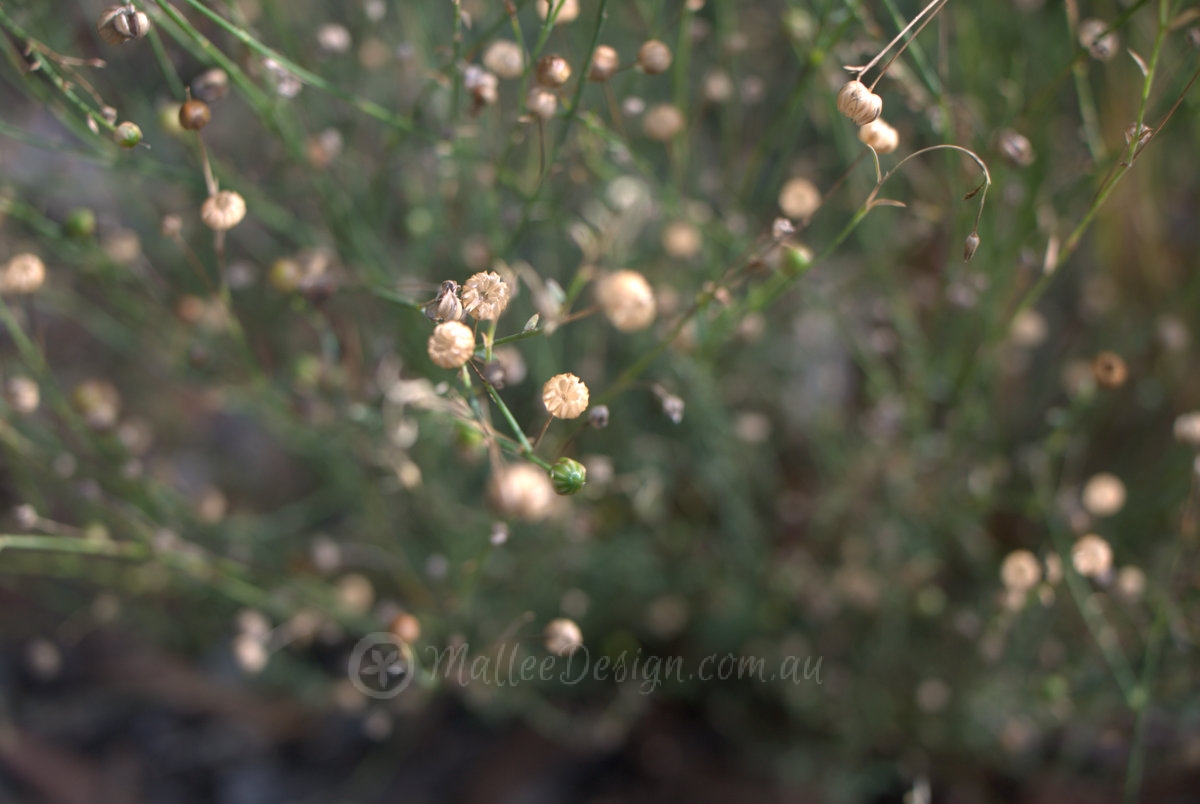
Sesame Seed flavoured Flax
This is Linum marginale seeds or fruit, it has a lovely blue flower but I am more drawn to the dried seed pods left on the stalks after flowering.
-
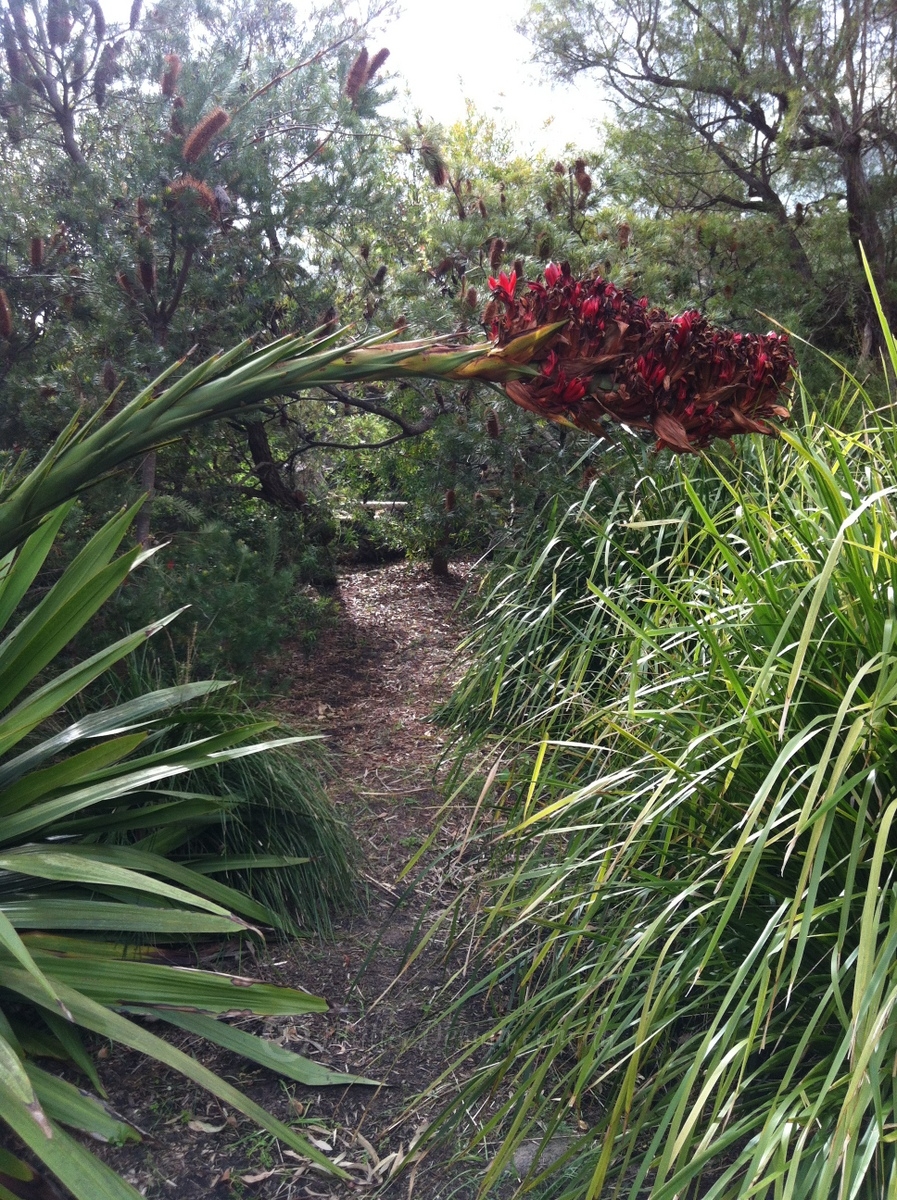
Spear Lily: Doryanthes palmeri
This is Doryanthes palmeri or the Spear Lily, a striking feature plant similar to the Gymea Lily except that it has a flower spike that leans over and isn’t spherical and the foliage is less clumping and more linear.
-
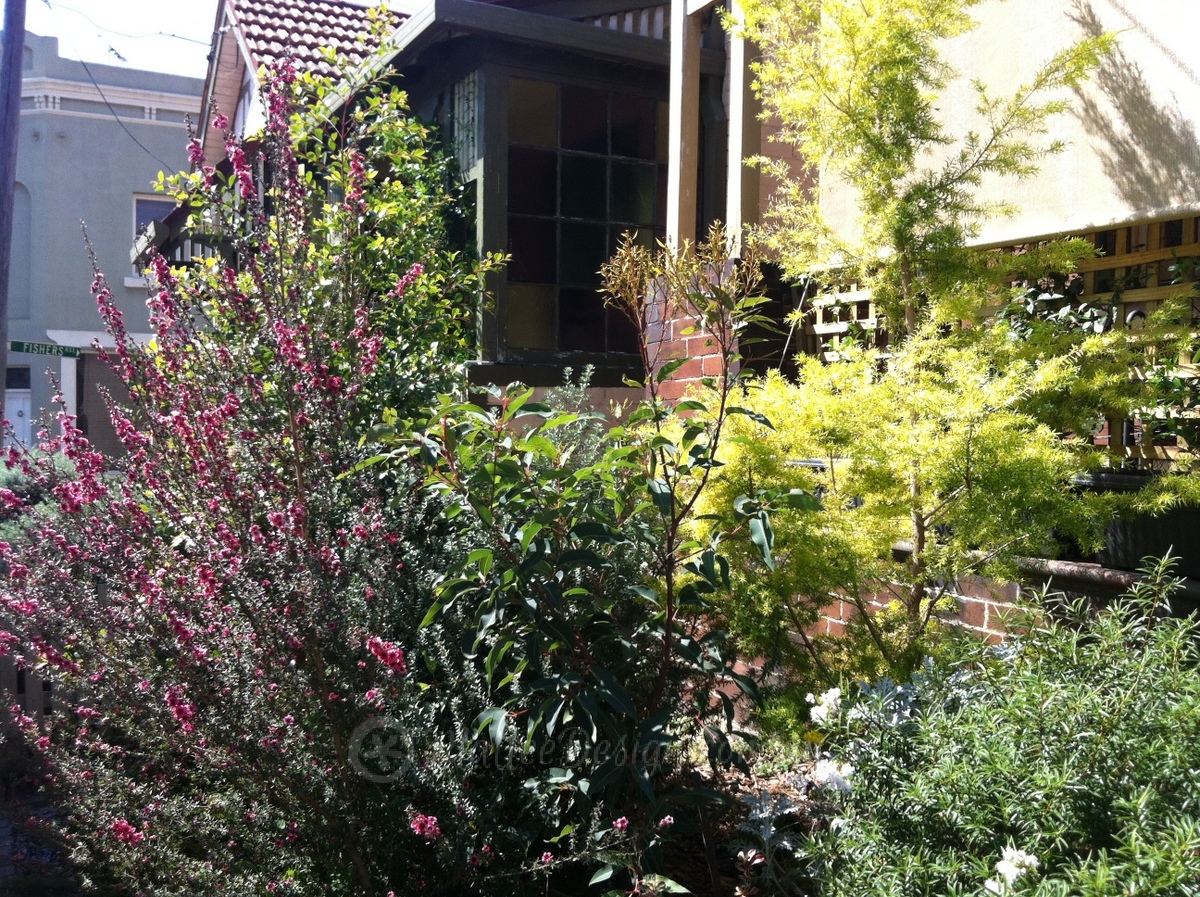
Over Planting
I love the combination of native plants in this tiny front garden and if my front garden was tiny i too would probably try to cram as many of my favourite plants in as possible. However this garden is over-planted, there is a WA grafted flowering gum, a tall Leptospermum scoparium, Westringia fruticosa, Melaleuca ‘Revolution Gold’…
-
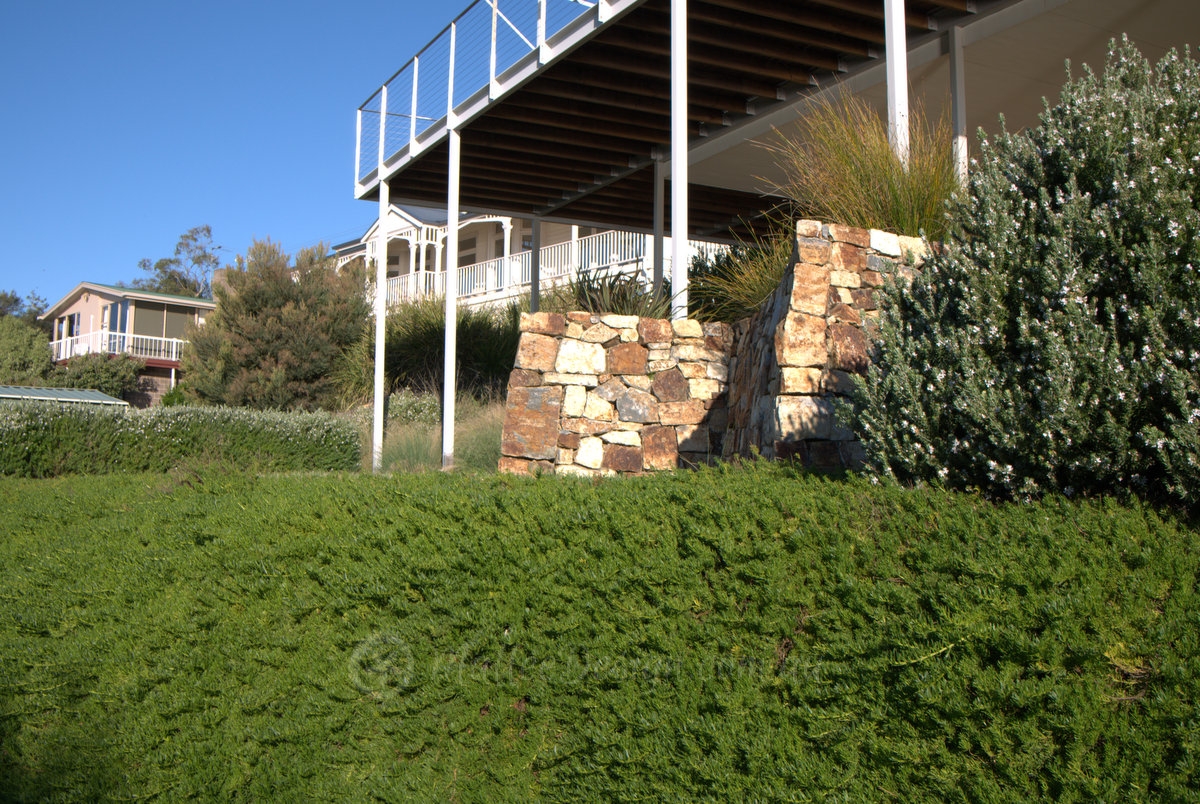
Carpeting groundcover
Myopororum parvifolium is seen here as a layered dense ground cover planted on mass that is also a spill over. Here it is also working as a lawn substitute, and would be lovely to play or lay on.
-

Mint Bush: Prostanthera rotundifolia
The Australian mint bushes really smell far superior to regular mint, not as sweet a bit more citric.
-
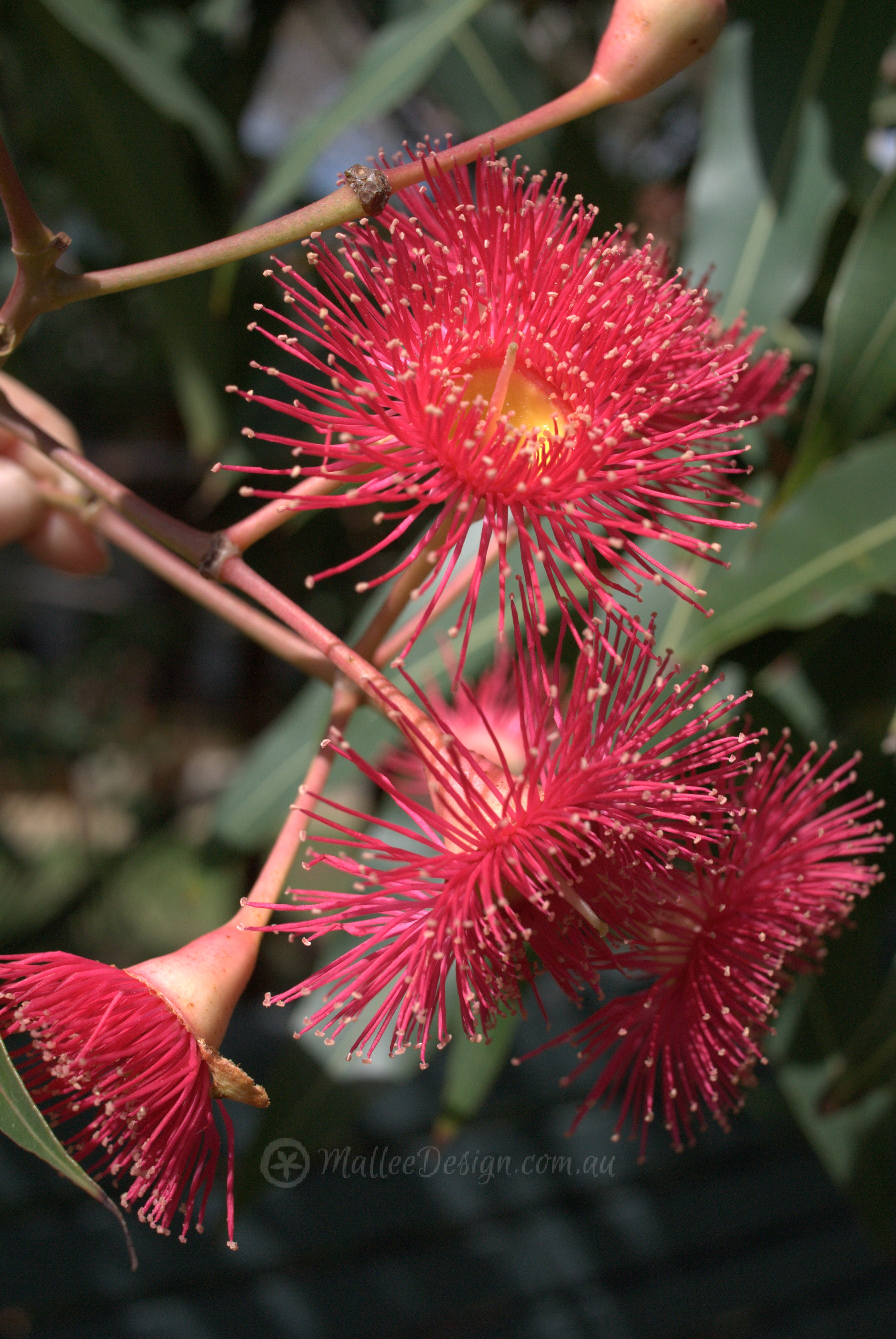
Grafted Eucalyptus ficifolia
This is Eucalyptus ‘Summer Red’ one of the best grafted Eucalyptus ficifolia, it has the largest leaf which is long and falcate to lanceolate shaped looking like a very traditional Eucalypt shape, but is also lush looking.
-
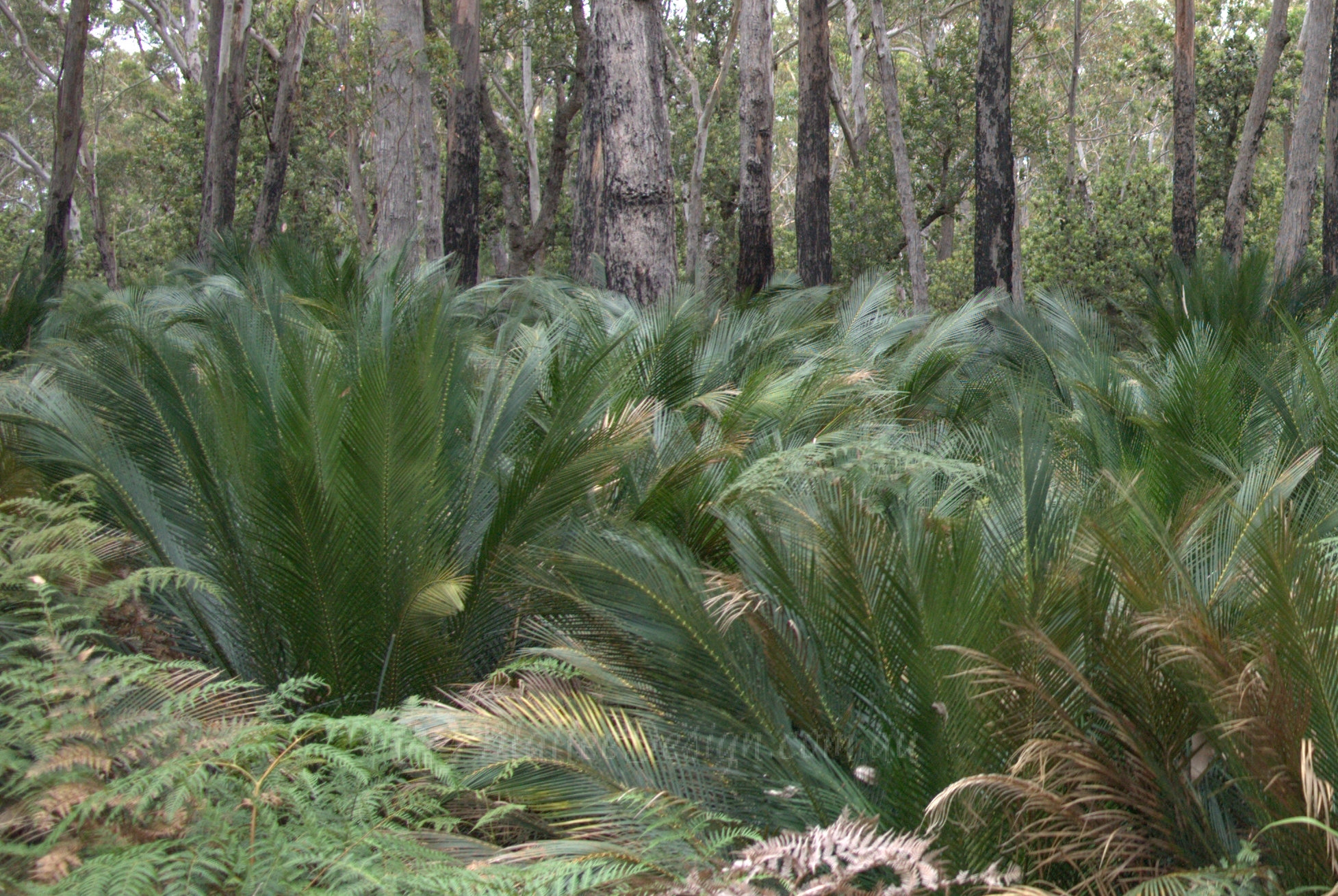
Dense Cycads
Macrozamias as far as the eye can see, it is so amazing witnessing what a dense understory these plants make, it is impossible to walk through even to get a better photo much to my frustration.
-
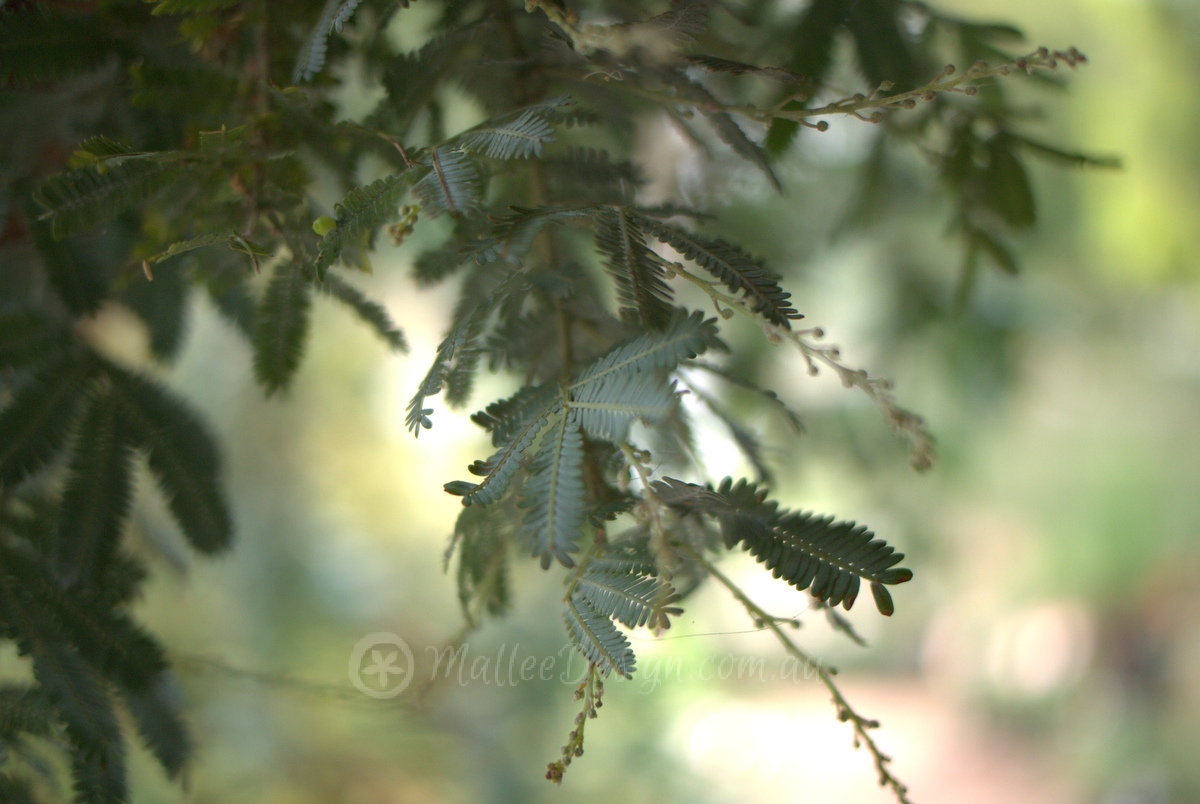
Grey ground cover
Acacia baileyana prostrate or the Cootamundra wattle ground cover makes a stunning display and looks great planted under Eucalypts like this one especially with the dark bark of the Ironbark.
-

Super hardy Grevillea ‘Winpara Gem’
Grevillea ‘Winpara Gem’ is one of my favourite Grevilleas, I love the colour grey green leaves that are deeply deivided which look soft and feathery from a distance.
-
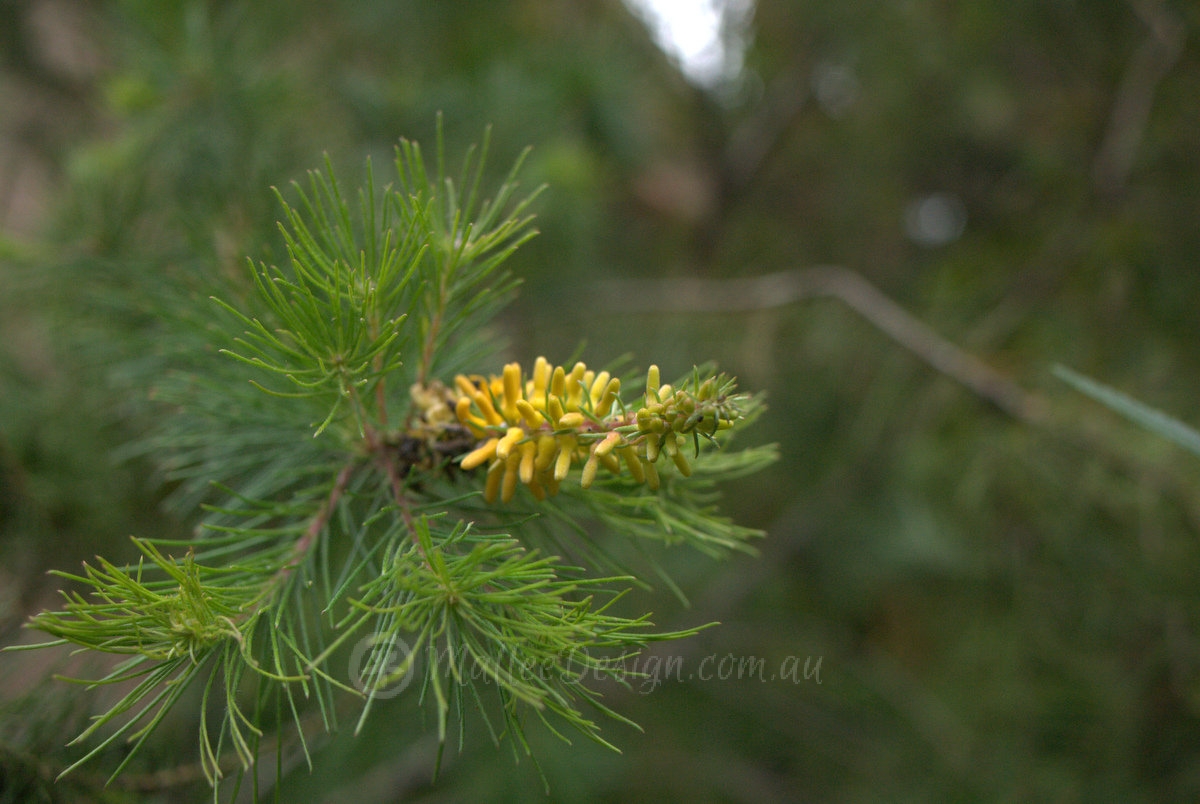
A Persoonia…
Persoonia pinifolia naturally grows in areas of sandstone, in sheltered positions with part sun.
-
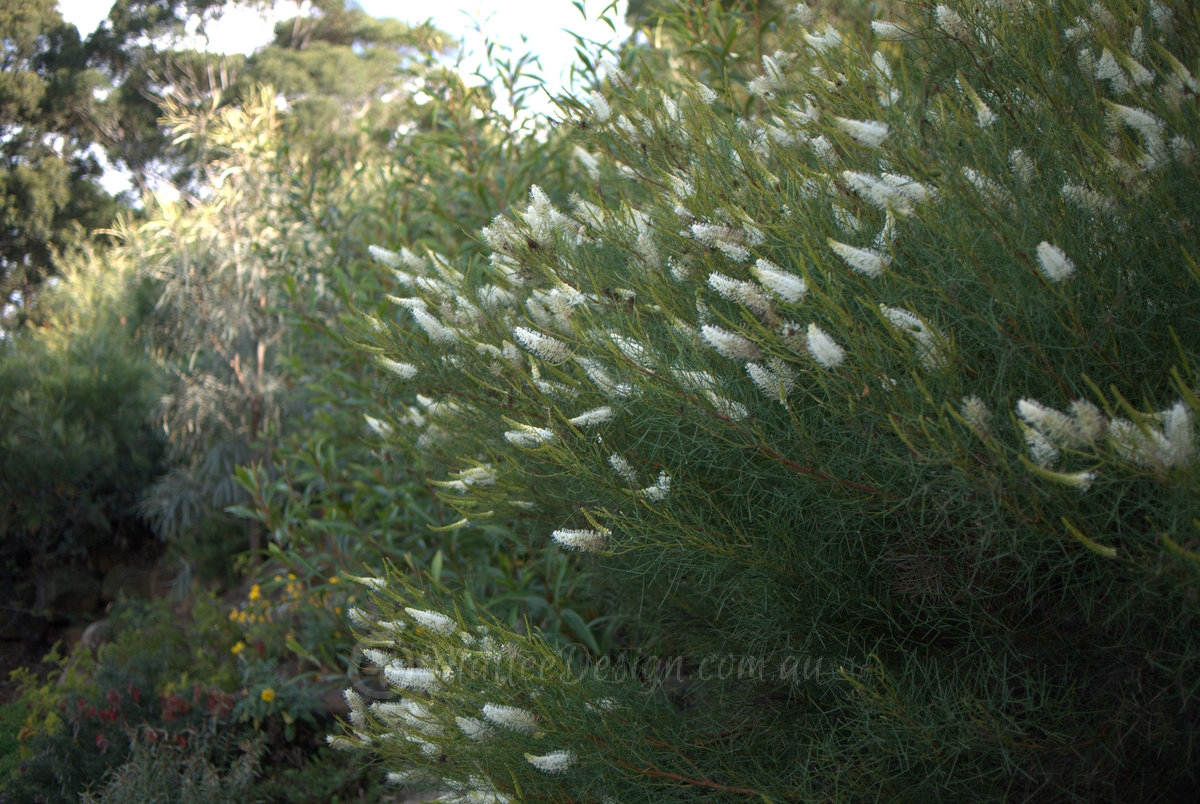
Unusual foliage
Of course this Grevillea intricata is from WA! these amazing needle like leaves form a dense tangle with the stems remaining a deep red, it is beautiful even when not in flower.
-
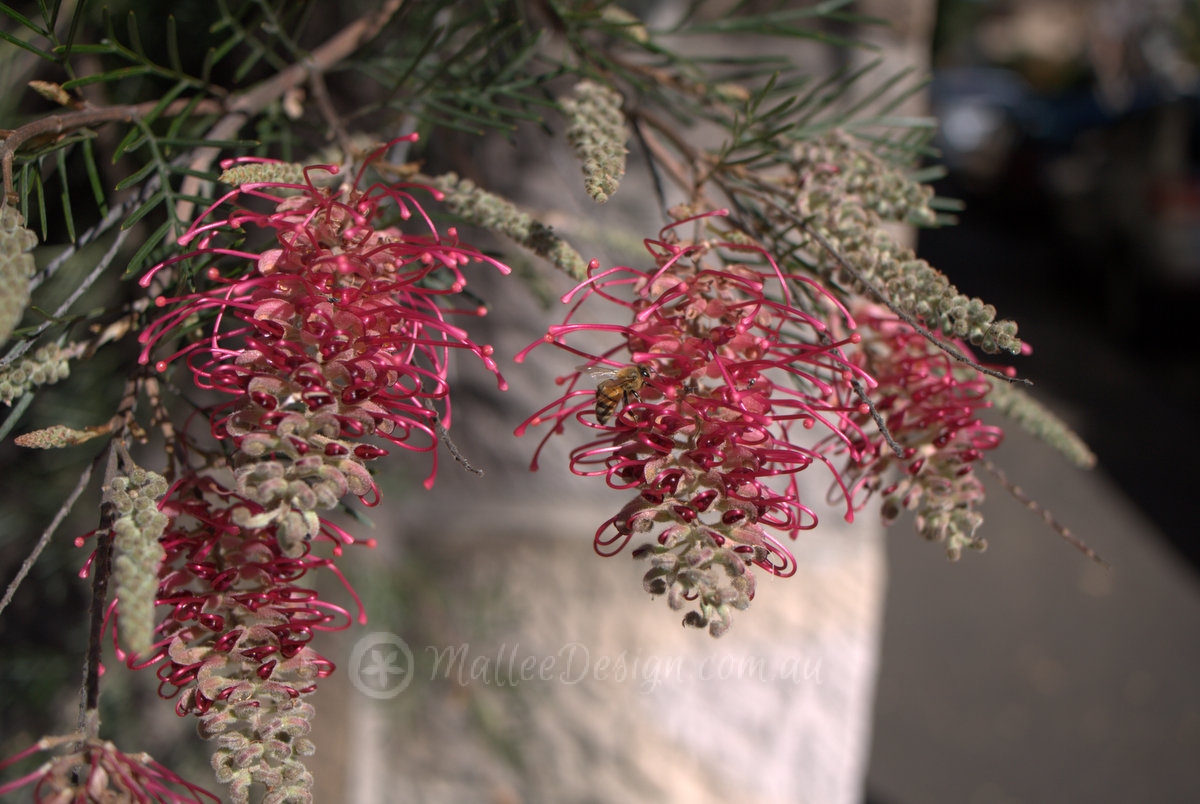
Street address
This a grafted Grevillea and is planted on the lower side of a sandstone wall next to a Doryanthes excelsa and has been encouraged to spill over onto the street side.
-
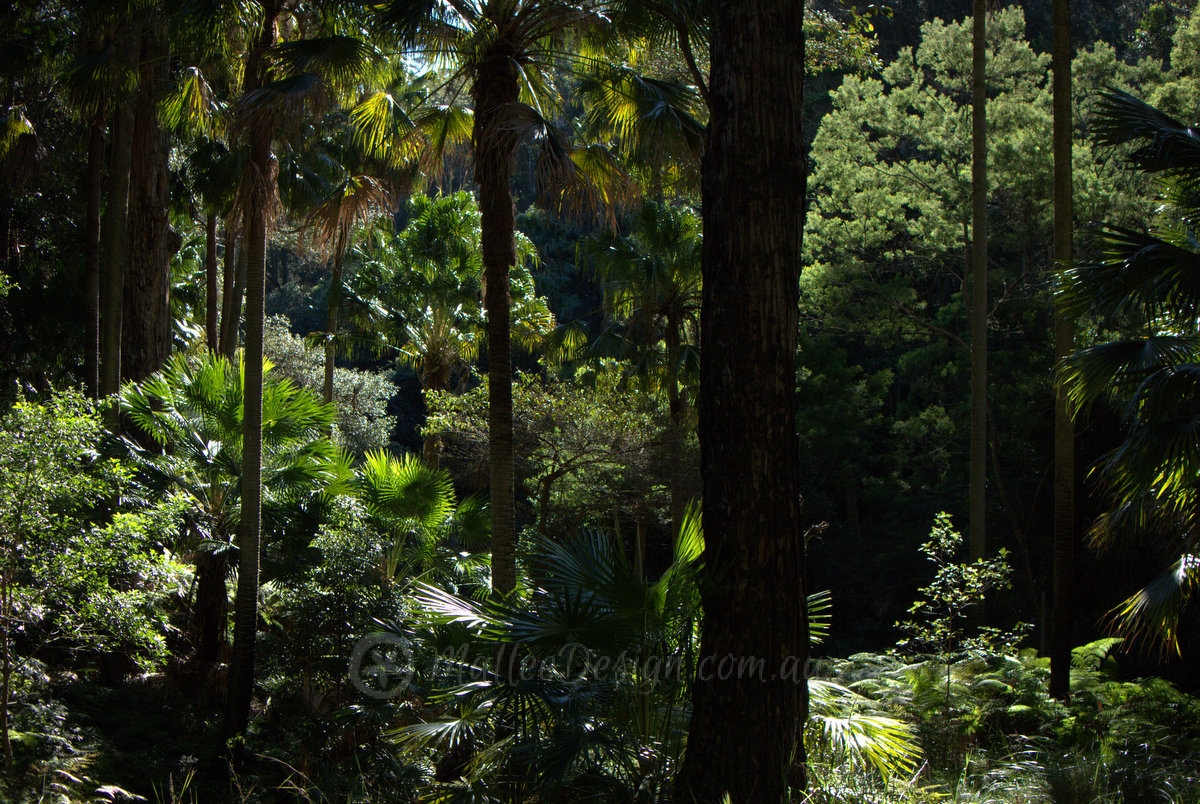
Royal National Park
This photo was taken on the Forest Way bush walk in the Royal National Park, it show the Cabbage tree (Livistona australis) palms at their best, the Illawarra escarpment is full of these palms also, for me it is a signature of home.
-
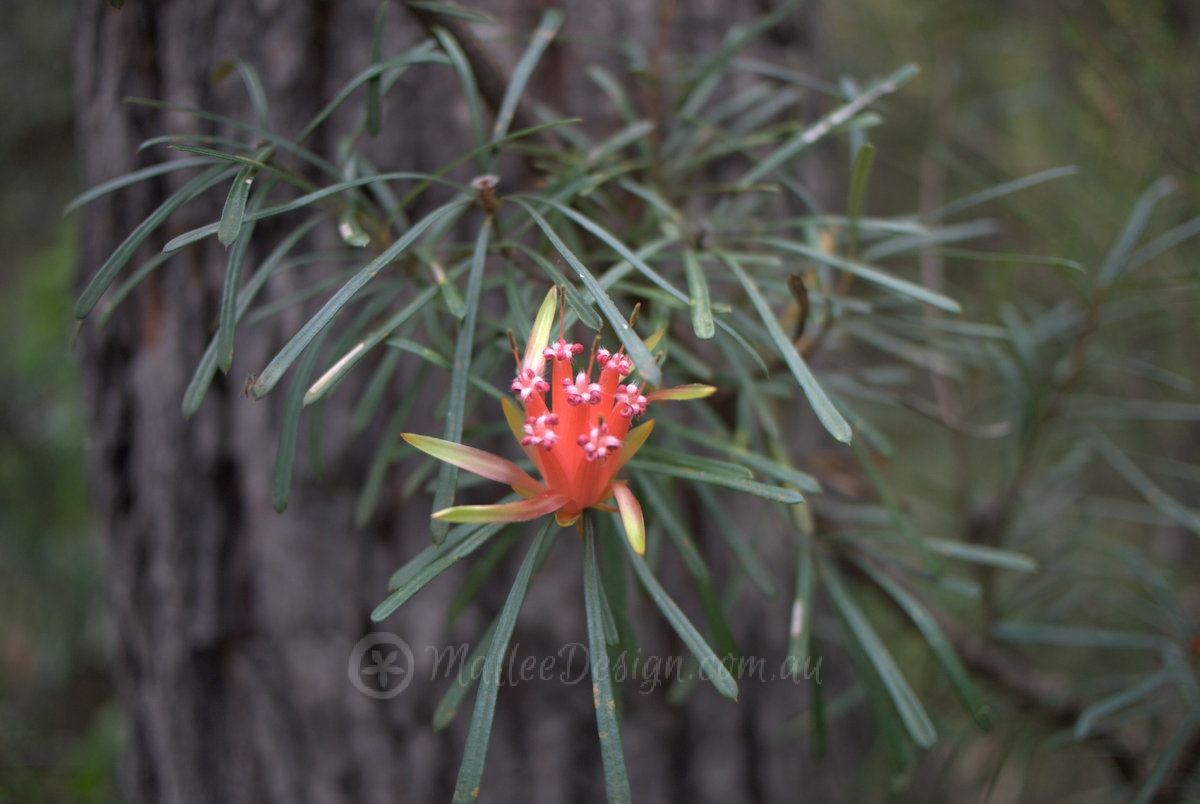
Lambertia formosa
I am constantly asked for plants that are bird attracting, which then leads to the question of what type of birds are you trying to attract?
-
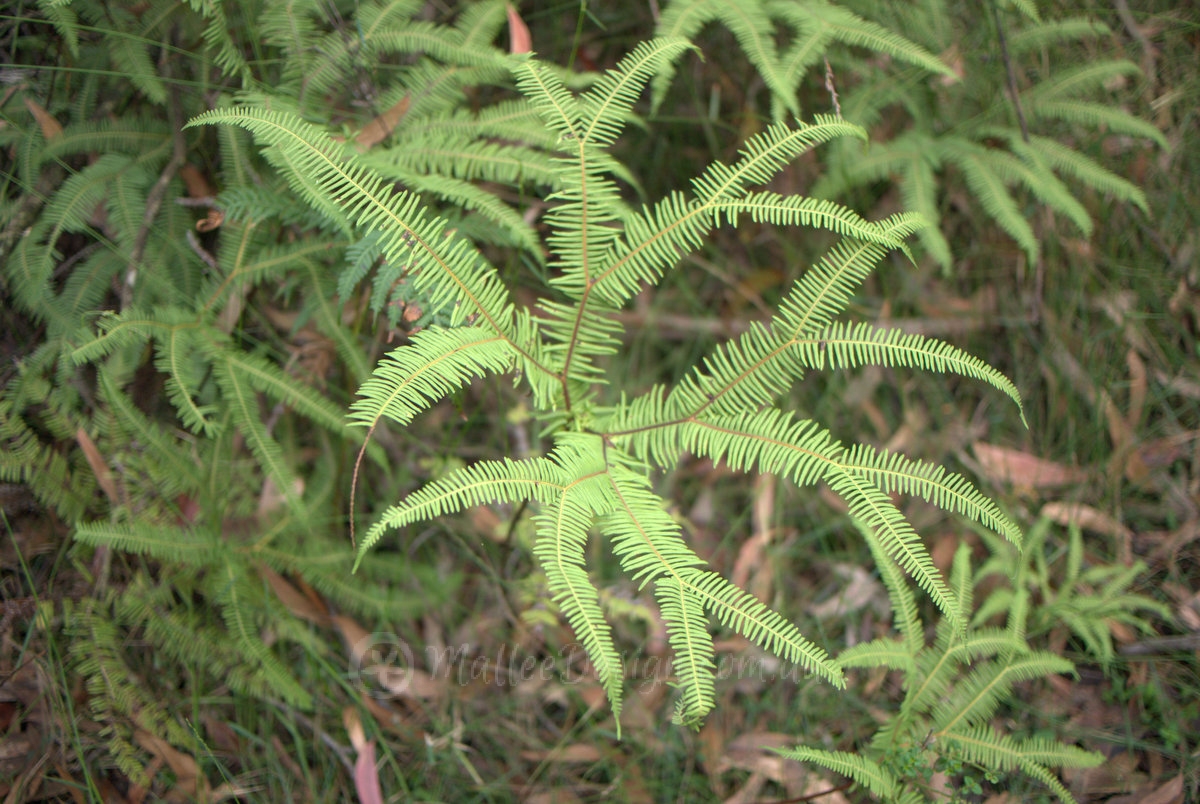
Forked Fern
This ferns is rather unlike other ferns. It grows branches stemming out from the centre in a hexagonal shape, it appears as though the the branchlets will keep dividing indefinitely.
-
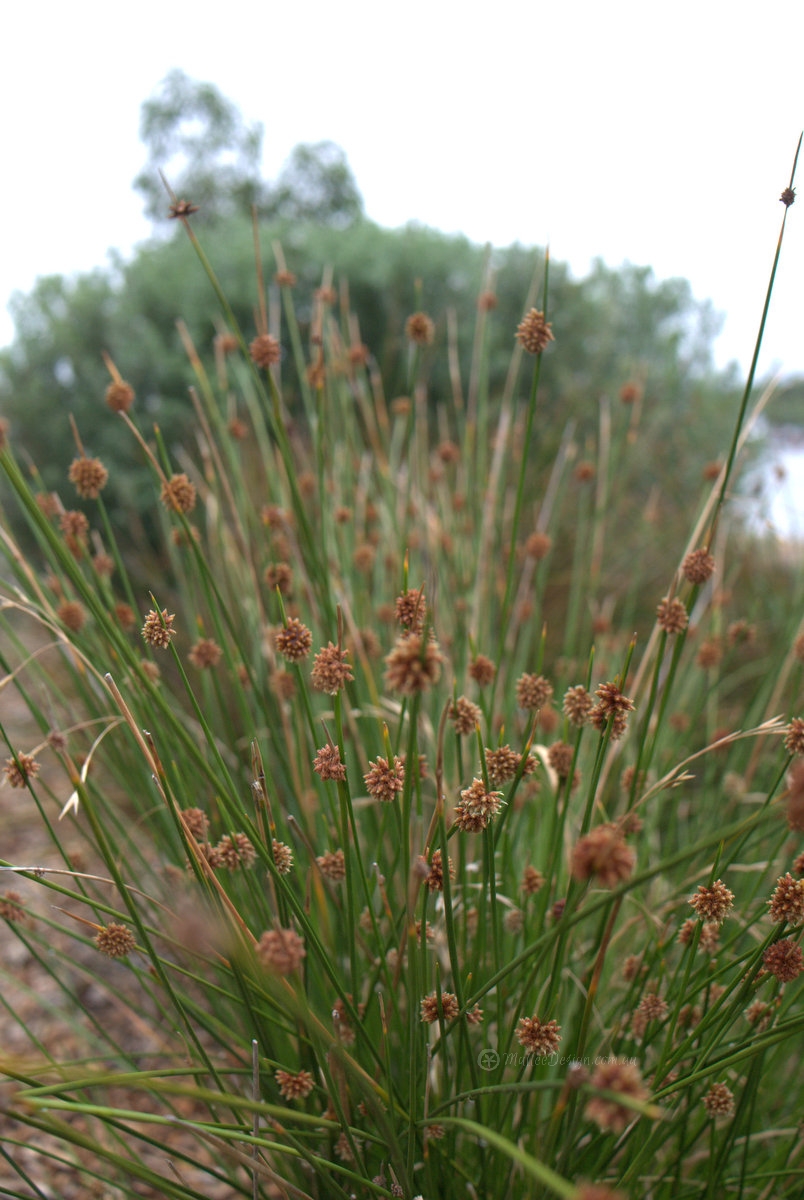
Favourite grass
Ficinia nodosa or as previously known Isolepsis is one of my favourite grasses, it grows anywhere from sand dunes to swamps.
-
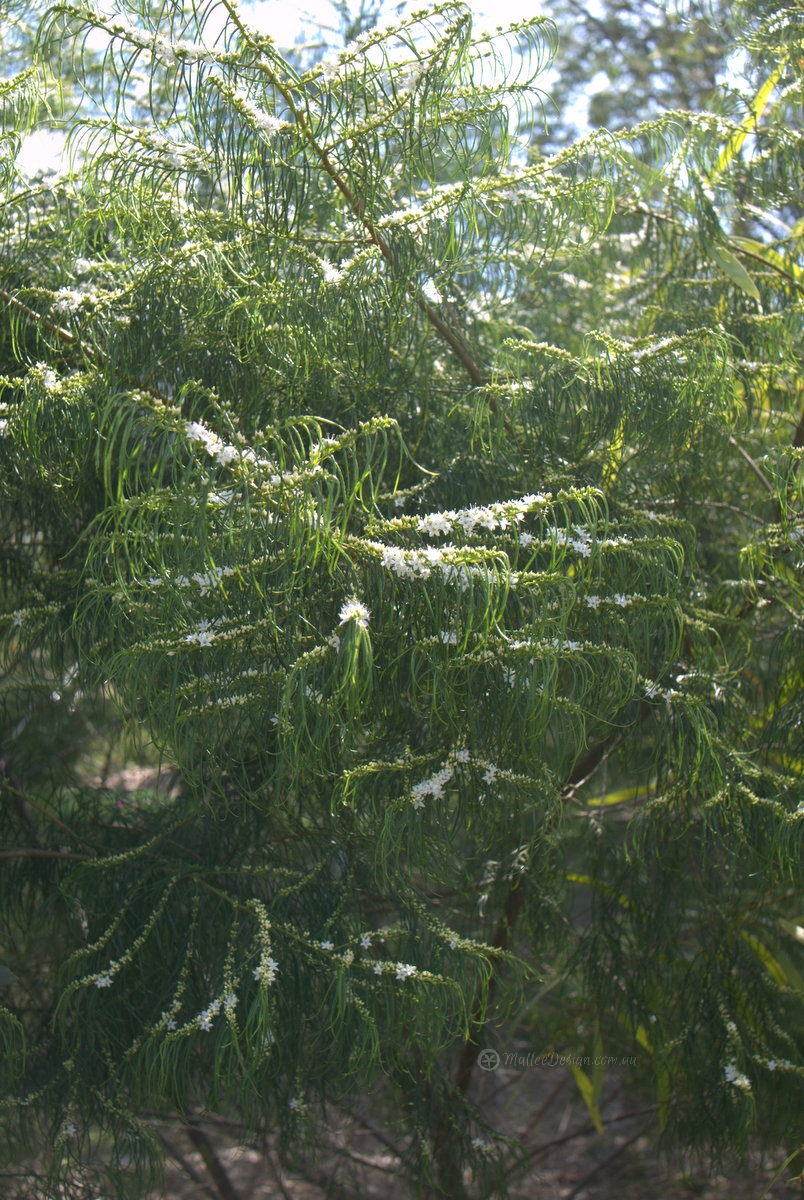
Hanging leaf pattern
Myoporum floribundum would have to be the most delicate looking shrub around, the long leaves hang down almost vertically and when it is in flower the tiny white buds sit atop the stems in a unusual arrangement.
-
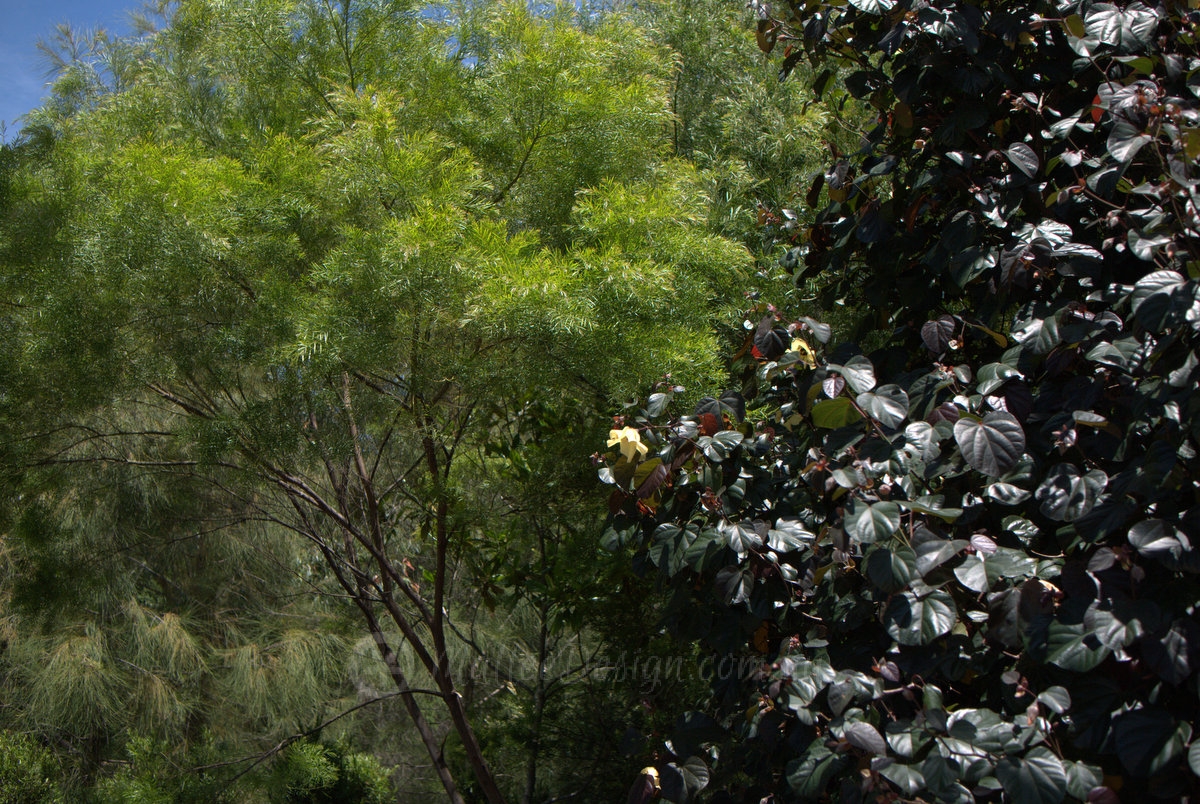
Texture and contrast
This is a beautiful example of a planting made with foliage in mind, the leaves of these two small trees are in every way complimenting each other.
-
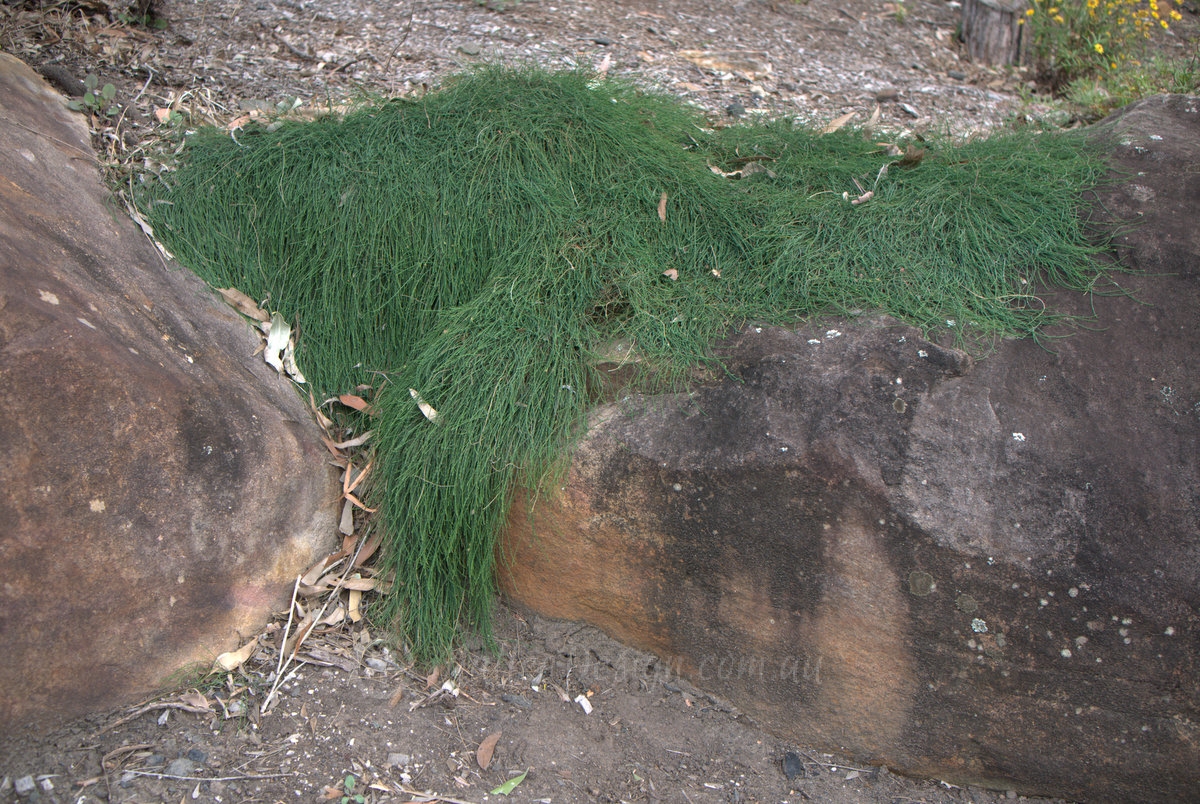
Casuarina ground cover
This is a Casuarina ground cover called ‘Shagpile’, it creates the most amazing spill over plant and when grown straight along the ground develops its own bumps and waves, it is the most tactile plant.
-
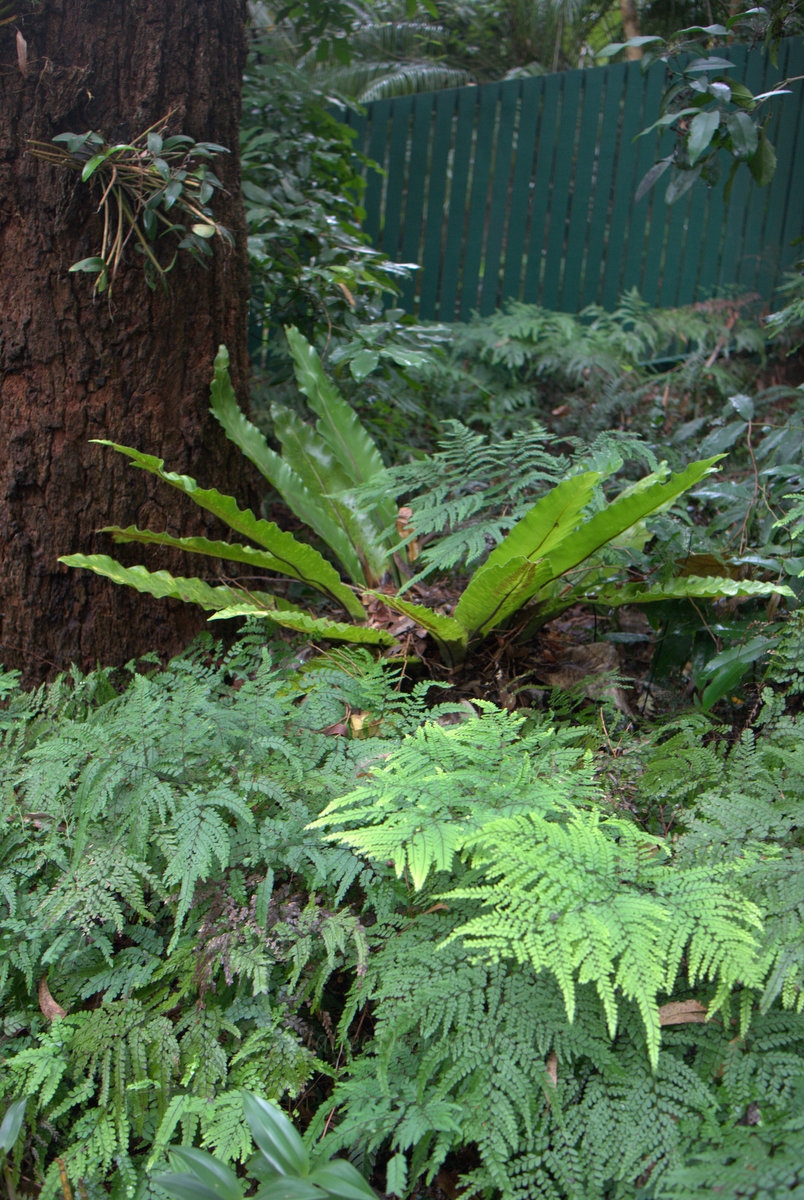
Rainforest Shade
This image shows a well put together rainforest planting in full shade.
-
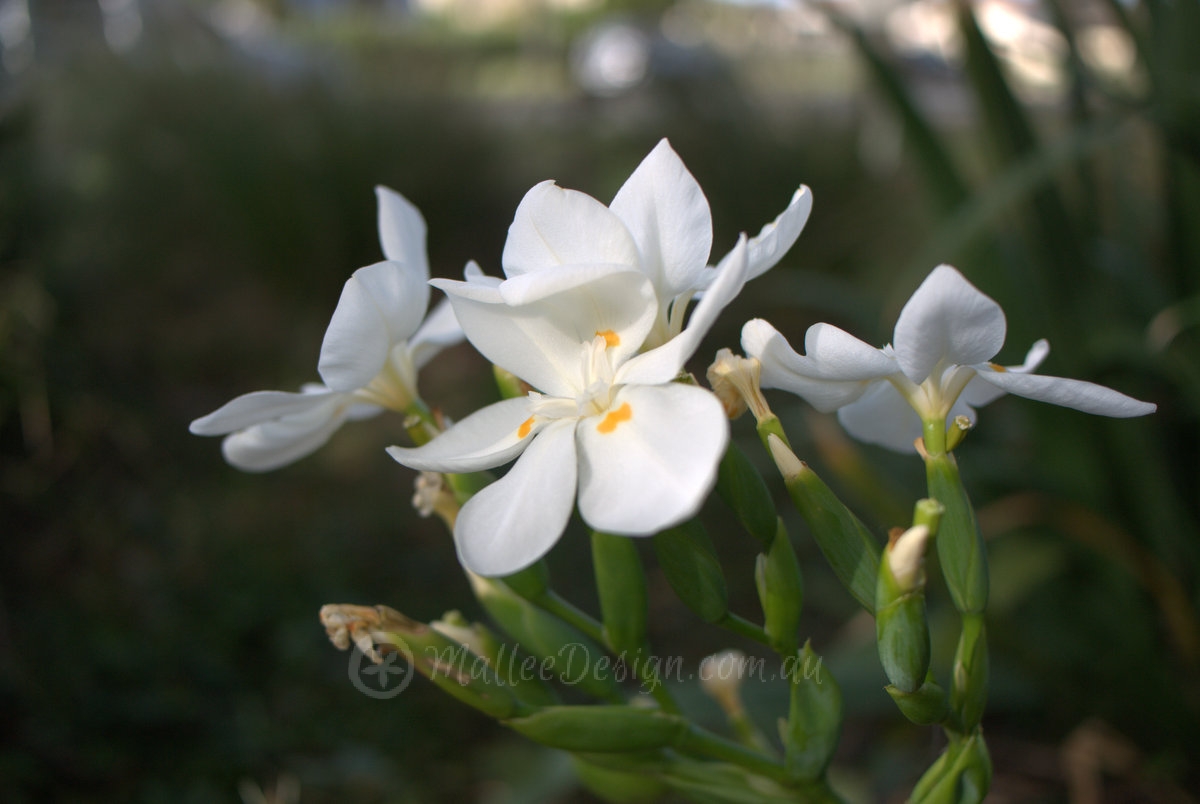
Bold broad leaf “Architectural Plant”
This is Moraea robinsoniana in flower, to match its bold foliage it has this large striking flower head which is also then followed by decorative blue fruit.
-
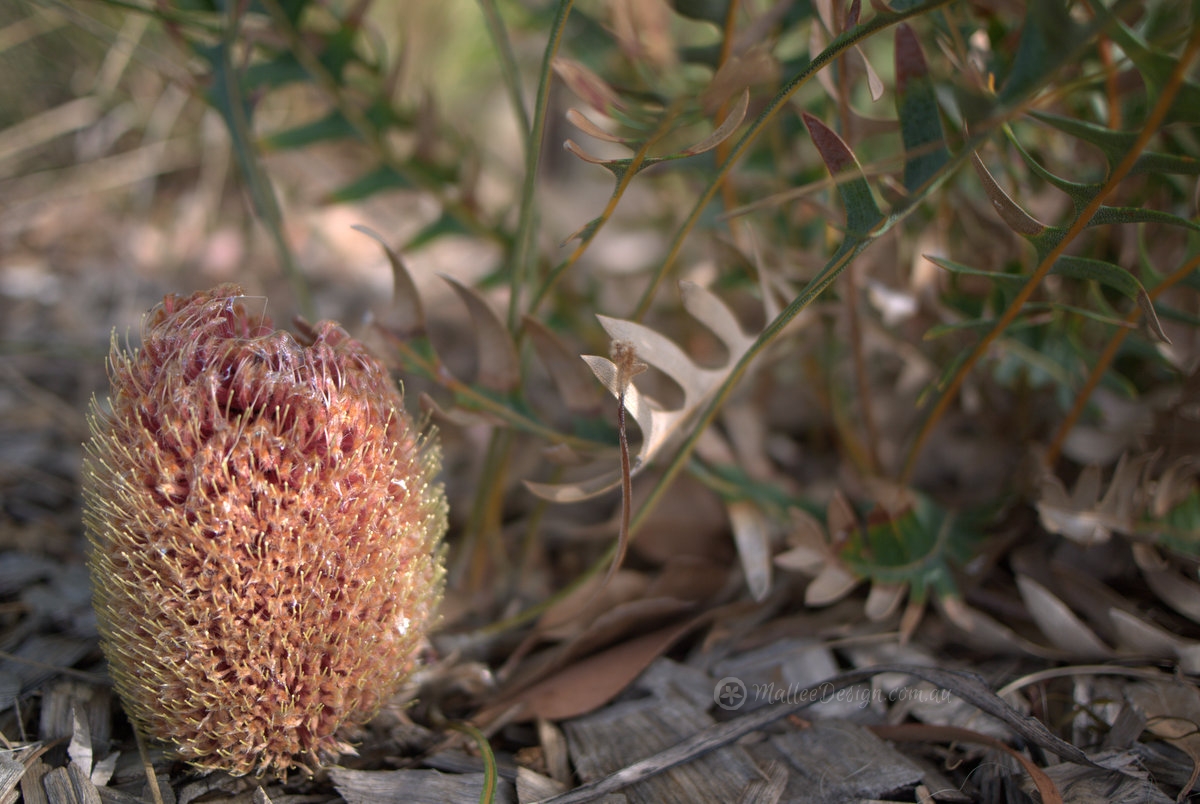
Banksia ground cover
This is Banksia blechnifolia, possibly one of the easiest WA banksia ground covers to grow on the east coast.
Month: January 2013

